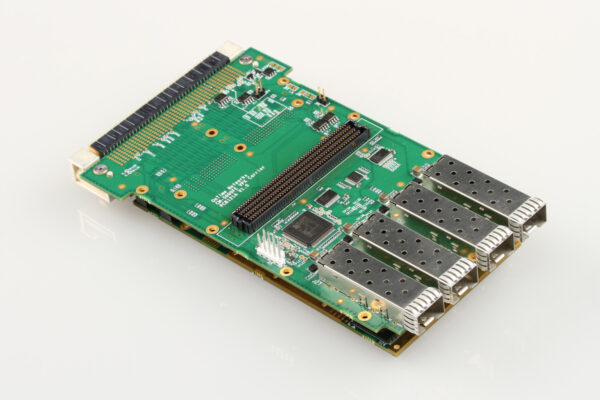What is Heat Sink
A heat sink is a cooling mechanism that transfers dissipated heat from electronic components on a printed circuit board to a cooling medium. It draws heat away from the PCB and efficiently dissipates it, preventing overheating and ensuring the proper functioning of the components.
The heat sink operates based on the principle of conduction, where heat flows from areas of high thermal resistance (the components) to areas of low thermal resistance (the heat sink). This transfer of heat is facilitated by the heat sink’s design, which typically includes a large surface area and materials with good thermal conductivity, such as aluminum or copper.
To enhance heat dissipation, the heat sink is often in contact with a cooling medium, such as air or liquid, which carries the heat away from the PCB. The effectiveness of a heat sink depends on various factors, including the thermal resistivity of the materials used, the velocity of the cooling fluid (in the case of liquid cooling), the thermal interface material between the heat sink and components, the number of fins and spacing between them, and the mounting technique employed.





